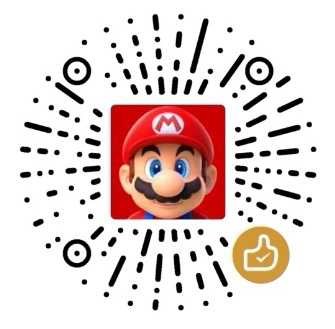Finally, it has arrived! On October 3rd, ChatGPT released a new feature similar to Claude Artifacts, called Canvas. Here are the usage notes.

Availability Limits
- Canvas is currently rolling out to ChatGPT Plus and Team users. If you don’t see the option yet, hang tight.
- Enterprise and Education tenants will start seeing it next week.
- The fully released version is slated to reach free users.
- Canvas lives on the web for now; there’s no Mac or mobile app support yet.
We’ll be adding more to Canvas over time. ChatGPT Plus and Team users can try the beta starting today.
How to Use It
- Choosing
GPT-4o with Canvasautomatically opens a Canvas panel in your chat, so it can replace standard 4o whenever you need it. - Canvas currently focuses on two workflows—coding and writing—and each provides tailored shortcuts to keep iterating on the AI’s output.
- You can upload files directly into the Canvas workspace.
Usage Limits
- Usage for 4o with Canvas is tracked separately from other models like standard 4o. The official docs haven’t shared exact caps, and in my testing they’re hard to hit.
- Limits appear to reset roughly every three hours (still to be confirmed).
Advantages
- Output is fast and the quality is solid.
Disadvantages
- There’s no way to run or preview code yet, which is a step behind Claude Artifacts.
- The Canvas beta isn’t exposed via the OpenAI API, so IDE integrations like Cursor aren’t possible.
Final Thoughts
Canvas is still in beta. Once OpenAI adds voice and preview features, the official release could be very powerful—I hope it arrives soon.

